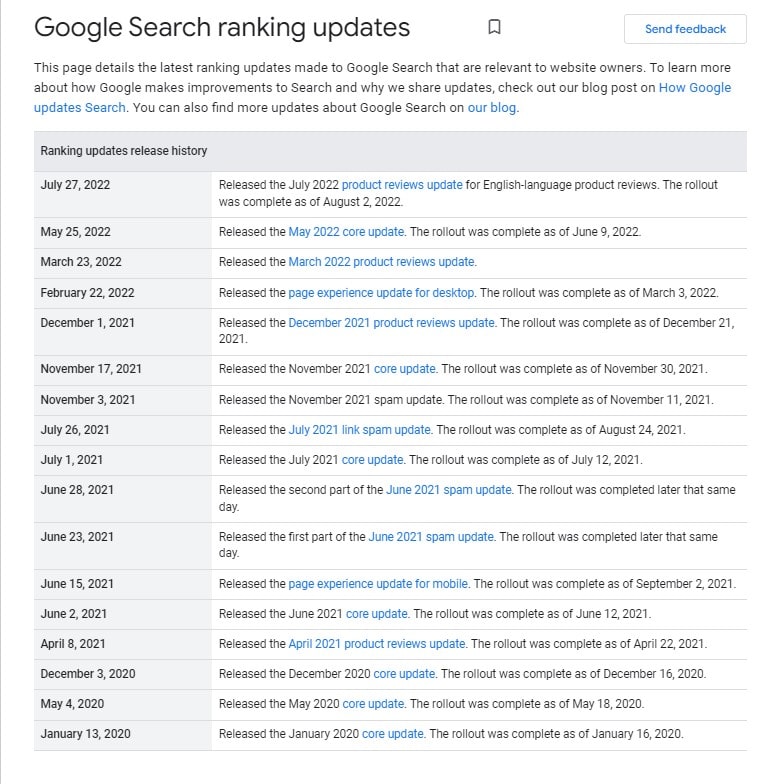Google has updated its algorithm once again – as of August 2, 2022, the July 2022 product reviews update has been fully implemented, according to Google.
What was announced to last approximately 2-3 weeks lasted only six days. Surprisingly, the full rollout of this July 2022 product review upgrade took a relatively short period, which means Google upgraded its techniques and capacity to do that. The tracking tools showed very few changes, and although some sites appeared to be negatively impacted by the update, there does not appear to have been much discussion in the SEO industry about how the rankings might have changed.

The Google product reviews update seeks to highlight review content superior to much of the pre-written data you encounter online. According to Google, it will prioritize these product reviews in the order of search results.
Google does not explicitly penalize evaluations of inferior products with “thin material that merely summarizes a handful of products.” However, it will undoubtedly feel like a penalty if you produce such material and discover that your rankings have fallen due to other content being promoted above yours. Technically, Google mentions that there is no penalty applied to your material; instead, Google just gives higher results to sites with more insightful review content.
How may this Google update affect you? This upgrade should only affect content that reviews products, not other content. In other words, if the content on your website includes product reviews, you should check your rankings to determine if they have changed. In the long run, you’ll want to ensure that your product review content is far more thorough and labour-intensive, making it distinct from the competition online.
How to cope with the latest Algorithm update?
Google recommends all website masters that have product review pages or articles follow these rules:
- Evaluate the product from a user’s perspective.
- Demonstrate that you are knowledgeable about the products reviewed – show you are an expert.
- Provide evidence such as visuals, audio, or other links of your experience with the product, to support your expertise and reinforce the authenticity of your review.
- Share quantitative measurements about how a product measures up in various performance categories.
- Explain what sets a product apart from its competitors.
- Cover comparable products to consider, or explain which products might be best for specific uses or circumstances.
- Based on your original research, discuss the benefits and drawbacks of a particular product.
- Describe how a product has evolved from previous models or releases to provide improvements, address issues, or help users make a purchase decision.
- Identify key decision-making factors for the product’s category and how the product performs in those areas (for example, a car review might determine that fuel economy, safety, and handling are key decision-making factors and rate performance in those areas).
- Describe key choices in how a product has been designed and their effect on the users beyond what the manufacturer says.
- Include links to other valuable resources (your own or from other sites) to help a reader decide.
- Consider including links to multiple sellers to give the reader the option to purchase from their merchant of choice.
- When recommending a product as the best overall or for a certain purpose, include why you consider that product the best, with first-hand supporting evidence.
- Ensure there is enough helpful content in your ranked lists for them to stand on their own, even if you choose to write separate in-depth single product reviews for each recommended product.
